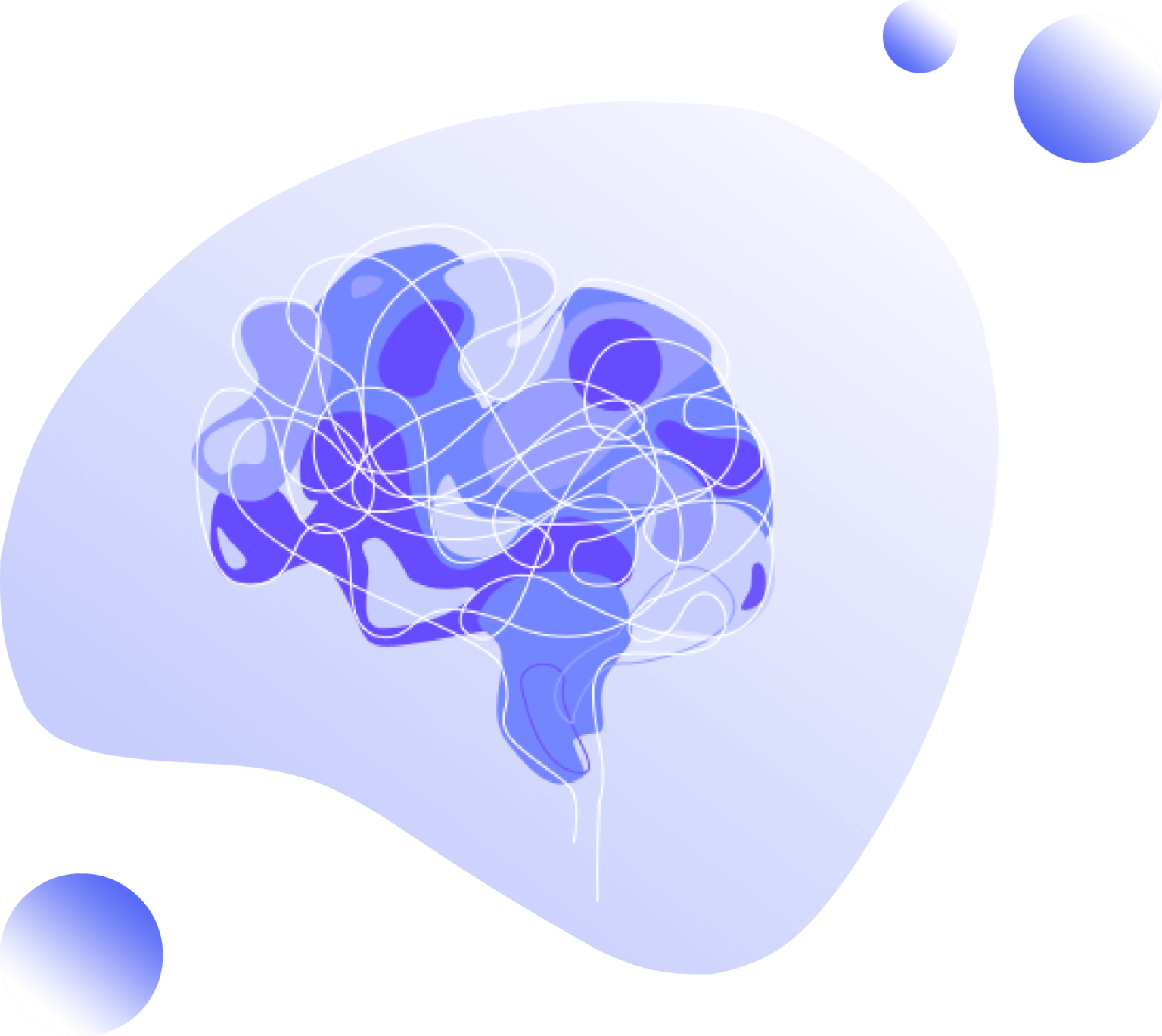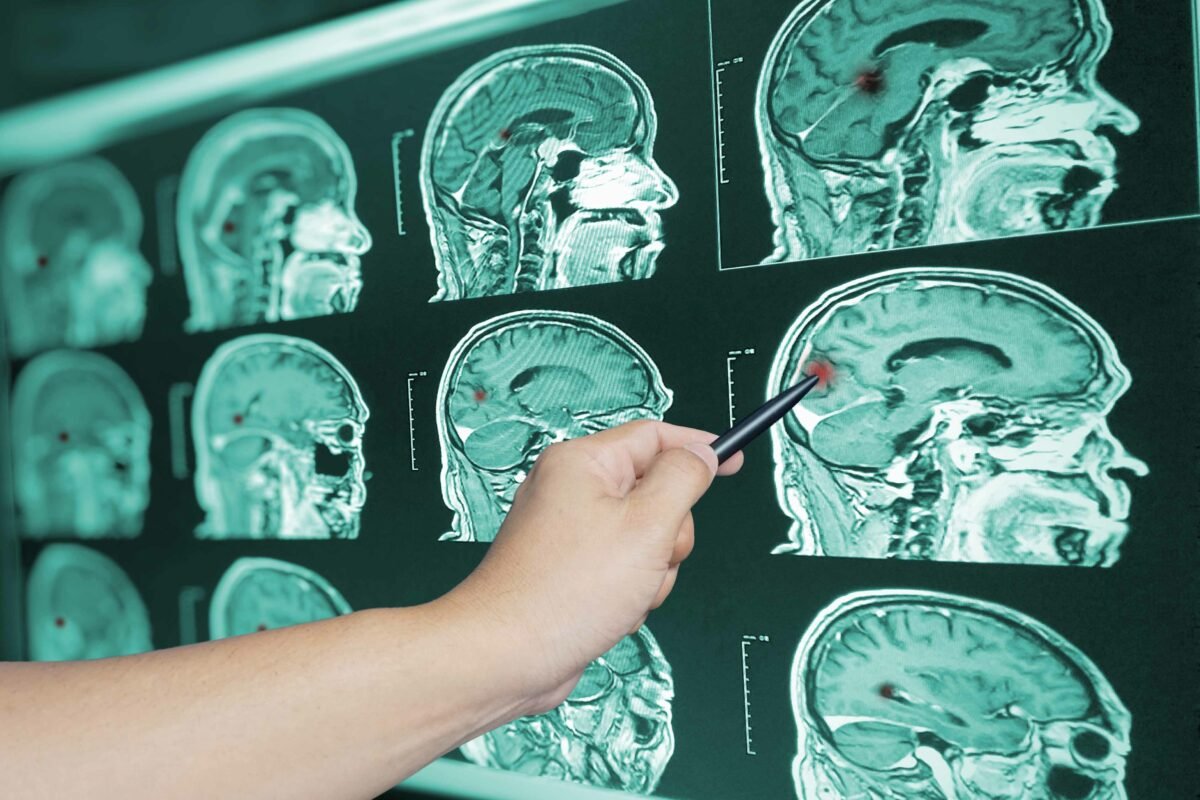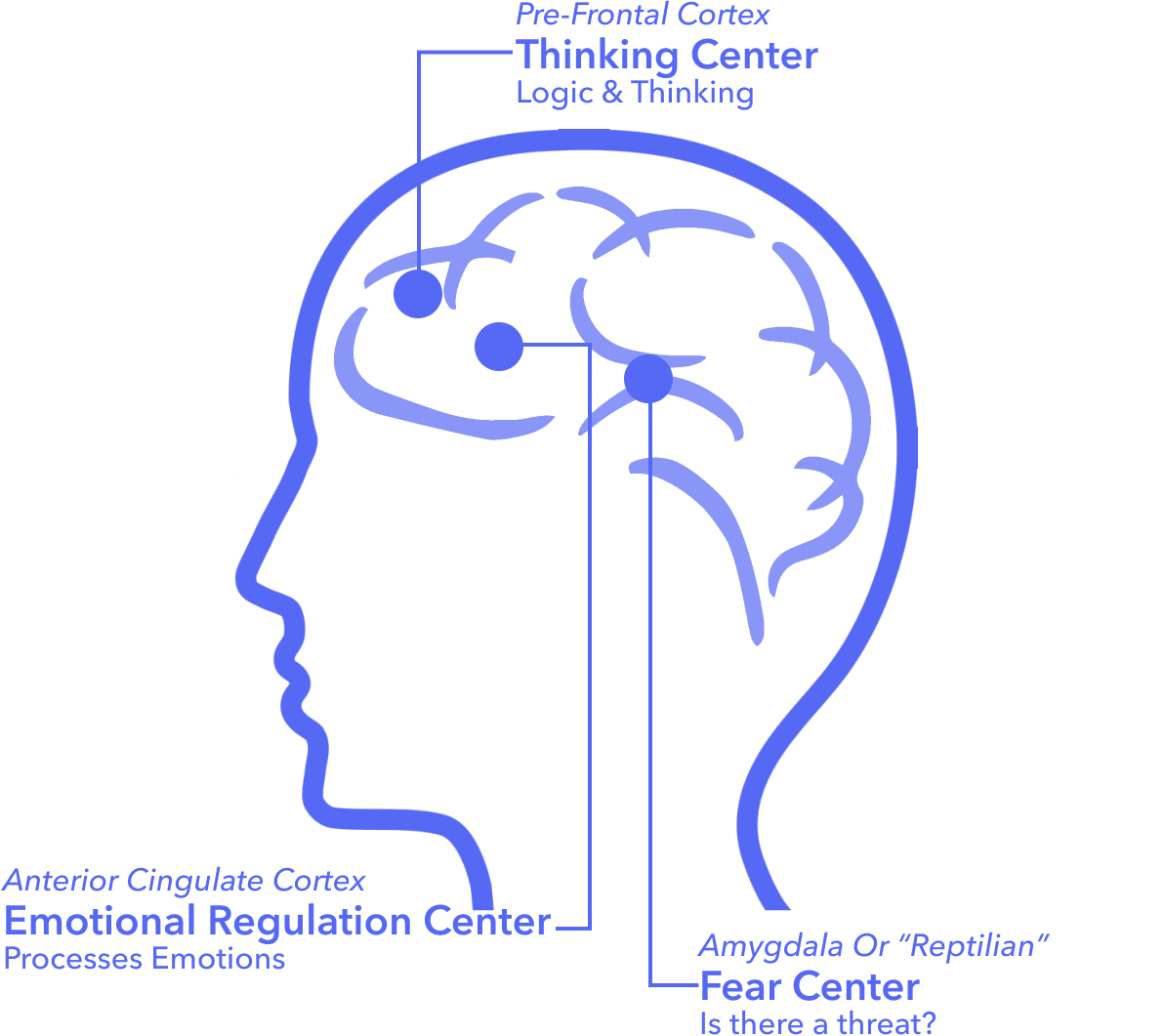The Science behind Sphere

A disrupted brain
Your body’s many systems are constantly responding to changes in your internal and external environments. Functions like respiratory rate, heart rate, blood pressure and body temperature are continually adjusted to keep you in a state of balance. Your brain handles all of this subconsciously, but any disruption to this balance through trauma, stress or anxiety can hamper the brain’s ability to do this.
''In order to drive mental health treatment into the future, we need to be open to leveraging evidence-based technology to cater to a growing number of patients. There is no doubt that technology tools enabling assessment and customised treatment to the individual needs of the patient will play a vital part in the future of mental health treatment. Real innovation lies in rethinking what we treat and how – for anxiety, PTSD and stress, we have already seen a shift from treating the thinking centre, to treating the emotional centre of the brain.''
Dr. Michael Bott
Consultant Psychiatrist
Break the disrupted pattern
To fully understand Neurofeedback, we need a basic understanding of brain waves. Your brain cells generate electricity to communicate with each other and this electrical activity forms patterns called brain waves. Scientists have found five main patterns of brain waves: alpha, beta, delta, gamma, and theta. Each brain wave state corresponds to a different state of awareness.
For example, alpha waves occur when you are relaxed. Beta waves are associated with alertness, but when maintained for too long can lead to feelings of fear and anxiety (for example with the “flight or fight” response). So, if you are feeling stressed or anxious, helping the brain to increase alpha waves whilst decreasing beta wave activity can reduce feelings of stress and anxiety. The Sphere technology can help you do this.
Brain waves and patterns
Following a traumatic event, the typical stress-induced “flight or fight response” initiates a cascade of physiological changes you have no control over. Symptoms may include; increased heart rate and blood pressure, breathing becomes fast and shallow, and blood gets directed away from your brain and into your muscles. As far as the brain is concerned, every time you relive the traumatic event in your mind, it is re-traumatising and becomes more and more established. Digitised Neurofeedback can break this cycle or prevent it from happening in the first place.


More Research
Studies in the 70s through to the early 90s showed promising evidence that it could be an effective treatment for a variety of stress disorders. But with the introduction of pharmaceutical solutions, other treatment approaches were neglected.
Although there are a number of published studies around Neurofeedback and its efficacy, at Stress Point Health we are pioneering further research to fully understand its potential to treat a wide variety of mental health issues.

Neurofeedback Therapy of Attention Deficits in Patients with Traumatic Brain Injury

Attention and Neurofeedback Synchrony Training: Clinical Results and Their Significance






